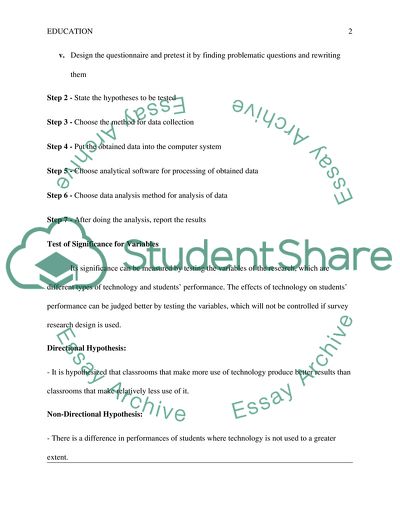Cite this document
(Research Design Analysis Proposal Example | Topics and Well Written Essays - 1000 words, n.d.)
Research Design Analysis Proposal Example | Topics and Well Written Essays - 1000 words. https://studentshare.org/education/1827749-research-design-analysis
Research Design Analysis Proposal Example | Topics and Well Written Essays - 1000 words. https://studentshare.org/education/1827749-research-design-analysis
(Research Design Analysis Proposal Example | Topics and Well Written Essays - 1000 Words)
Research Design Analysis Proposal Example | Topics and Well Written Essays - 1000 Words. https://studentshare.org/education/1827749-research-design-analysis.
Research Design Analysis Proposal Example | Topics and Well Written Essays - 1000 Words. https://studentshare.org/education/1827749-research-design-analysis.
“Research Design Analysis Proposal Example | Topics and Well Written Essays - 1000 Words”. https://studentshare.org/education/1827749-research-design-analysis.


